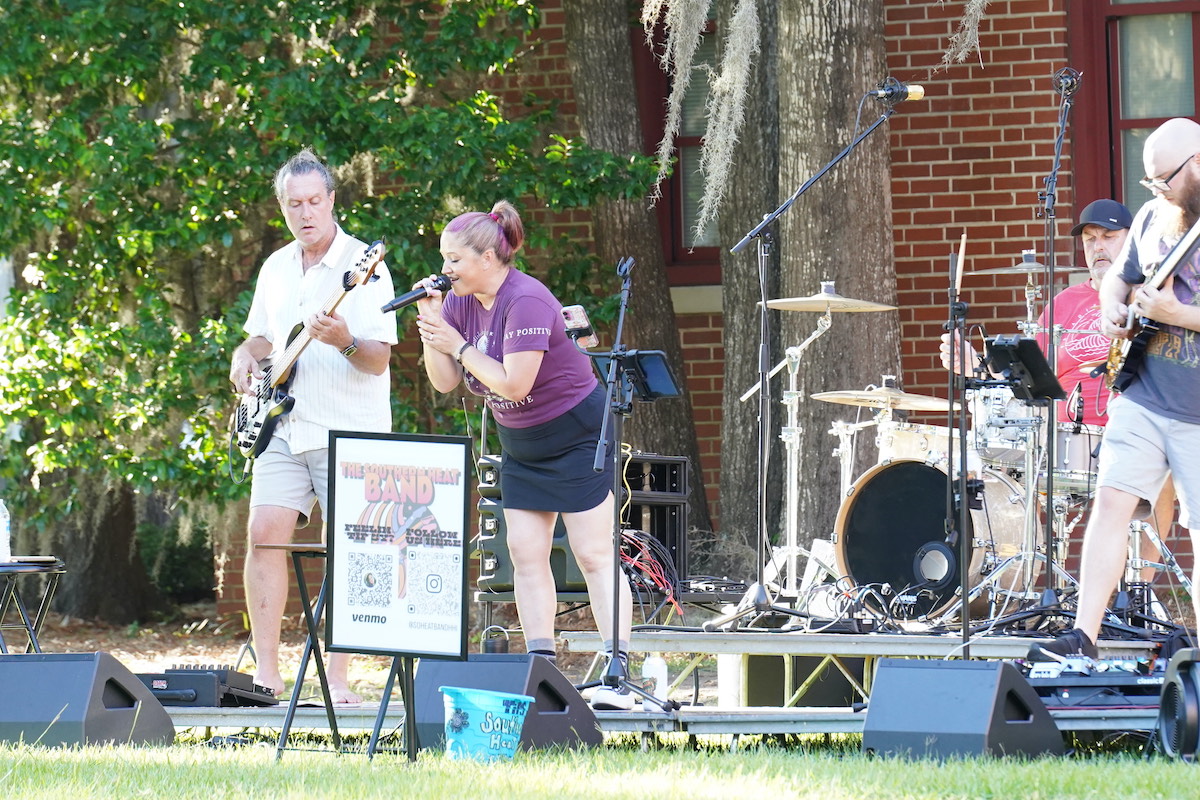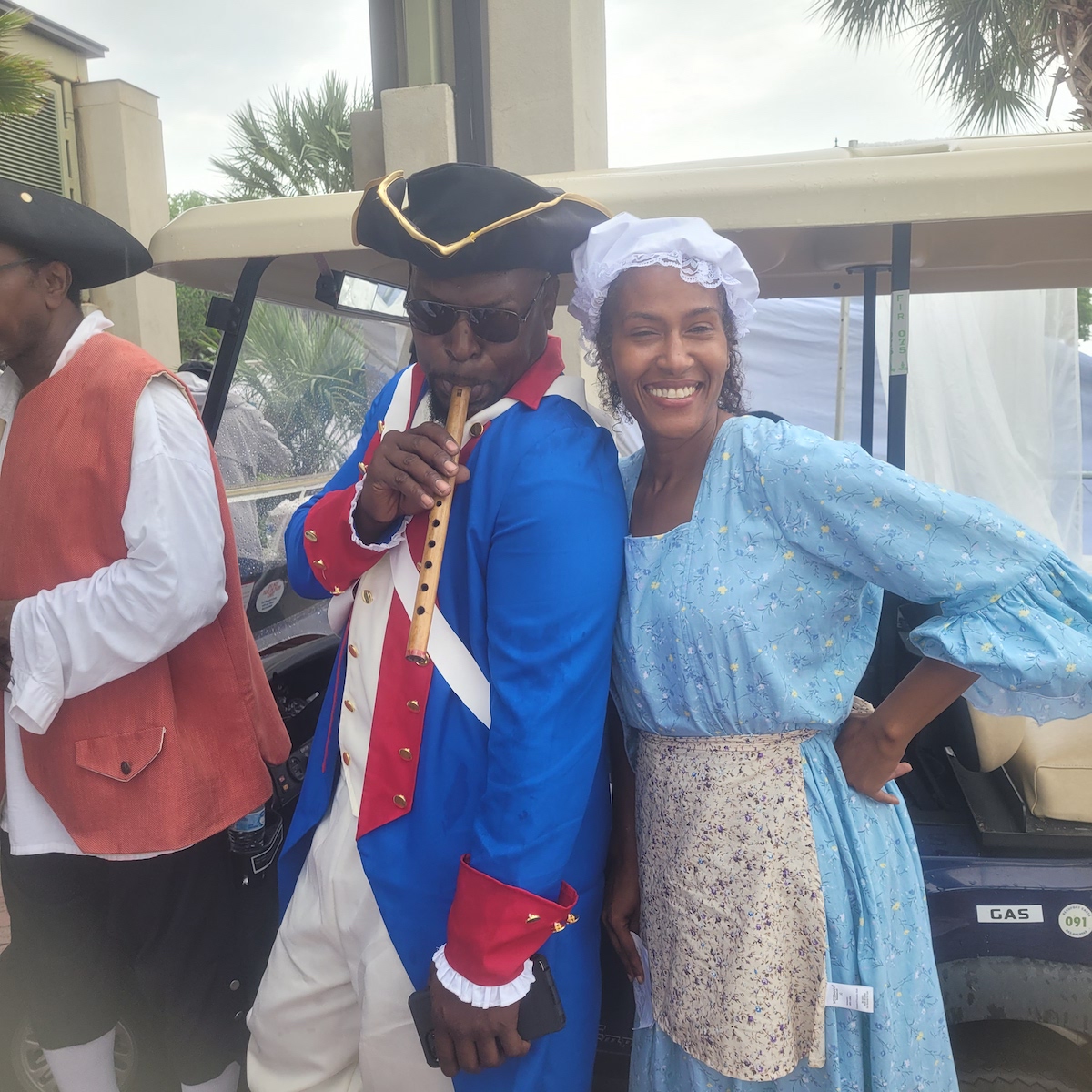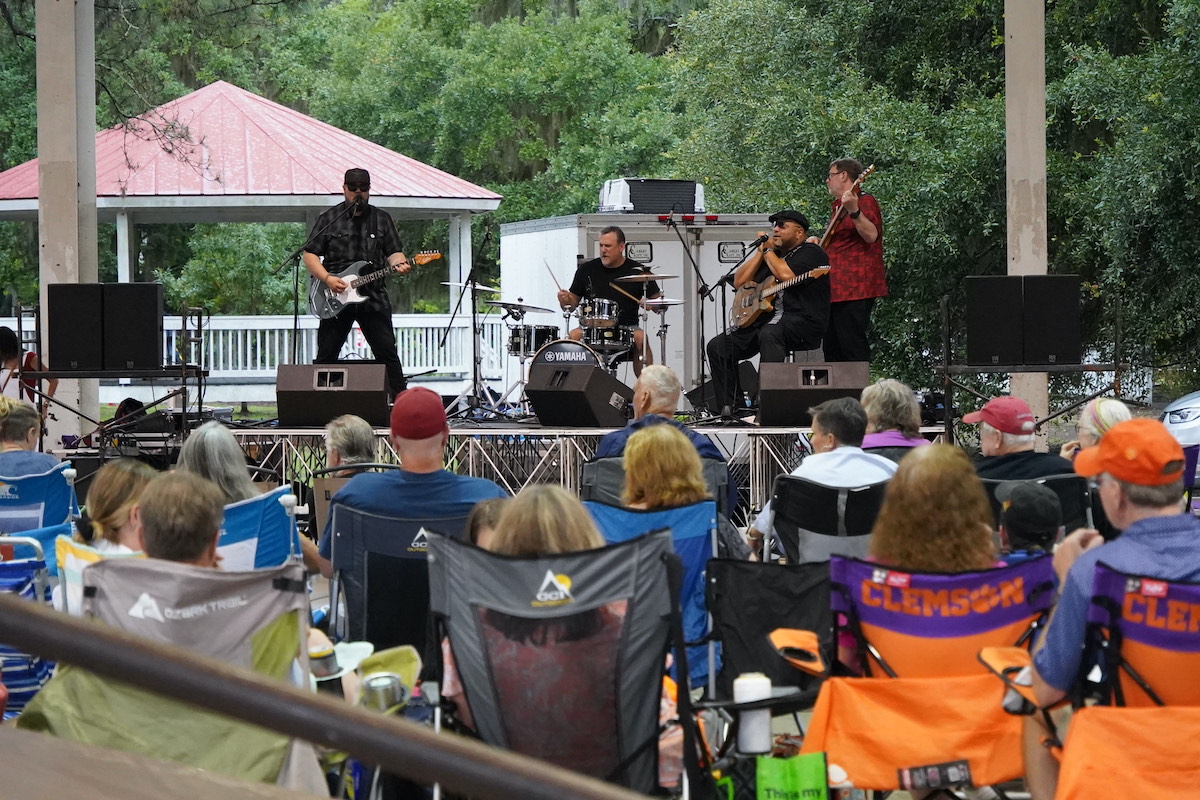By Becky Sprecher
The Metropolitan Opera will broadcast Ariadne auf Naxos by Richard Strauss at 1 p.m, Saturday, March 12 at USCB’s Center for the Arts at 801 Carteret Street.
This is an interesting work about what happens when opera seria (tragedy) and commedia dell’arte (farce) collide. Its structure is unique in that it’s an opera within an opera, but in the hands of a master like Strauss, it all works.
In the Prologue, a wealthy gentleman in Vienna is preparing to give a dinner party with a performance of a new opera, Ariadne auf Naxos, afterward. The opera will be followed immediately by a comedy troupe.
Suddenly, the major-domo rushes backstage and announces to the players that, in order for the fireworks to begin on time, the opera and the comedy must be performed at the same time. This sets in motion a comical series of plot revisions and changes to the musical score.
In the second part of the production, the opera is performed. Ariadne has been dumped by her lover, Theseus, and is mourning her fate and awaiting death on a desert island while her companions, the three nymphs, commiserate. The comedians, led by a Harlekin, arrive to cheer her up, but to no avail.
In a dazzling coloratura aria, the head comedienne Zerbinetta decides to have a woman-to-woman talk with Ariadne, setting her straight about the joys of finding a new love instead of holding on to the past.
Right on cue a ship appears carrying the handsome young god Bacchus, fresh from escaping the clutches of the enchantress Circe. He falls madly in love with Ariadne, and together, they ascend to the heavens while singing a passionate duet.
Ariadne is the third in an important five-opera collaboration between Strauss and the Austrian poet and dramatist, Hugo von Hofmannsthal. Living in the Vienna of Freud’s day, Hofmannstahl wanted to explore the idea of female obsessions. Together, he and Strauss decided that Greek myth was the best way to accomplish that.
It also suited Strauss’ lush style of composition and his fantastical musical effects. When Elektra opened in 1909 to great success, they took another swing at myth with Ariadne auf Naxos in 1912.
Strauss was a late Romantic composer, generally regarded as the heir to Richard Wagner.
While he was influenced largely by Wagner, he also was an admirer of Mozart. Elektra, for example, is scored for 111 musicians in the pit. That is a massive orchestra, and it was favored by both Wagner and a Strauss contemporary, Gustav Mahler. Ariadne, on the other hand, requires only 37 players. So look for intimacy along with music that has unrivaled descriptive power and the ability to reveal psychological detail.
The Norwegian soprano Lise Davidsen is singing Ariadne, and it’s one of her signature roles. Not just anybody can sing over giant orchestras and execute the demanding vocal lines written by Wagner and Strauss, but she’s one of them. Hers is a “heroic voice, remarkable in its seemingly limitless power, untroubled resilience and beauty,” says Opera News Magazine.
After a meteoric rise, she is now in demand the world over, with the Queen of Norway flying in to hear her in The Queen of Spades at the Met in 2019. That’s pretty good for a singer nobody had heard of seven years ago, and the wonderful news for us is that she’s just getting started.
Elijah Moshinsky’s set design dates from 1993, and combines the traditional with the fanciful, “a delicate mix of grandeur and farce,” a reviewer in the New York Times said. Regrettably, Moshinsky died of Covid-19 in January of last year, a sad reminder of just how much has been lost during the pandemic.
There may be some readers who avoid Strauss operas because of his association with the Nazis. Strauss naively allowed the Third Reich to use him for a time by agreeing to serve as president of the Chamber of State Music, figuring that his eminence would protect him from just about anything.
He quickly ran afoul of the regime, however, when he collaborated with a Jewish dramatist (the production was closed by the authorities) and his daughter married a Jewish man. Even then, it was not until he realized that Hitler was bombing opera houses and dissipating his audiences that the blinders fell completely from his eyes.
After spending part of the war in Vienna, Strauss moved to Switzerland for the rest and was not allowed to return to Germany until a denazification trial cleared his name. But this unfortunate history does not erase the humanity and the beauty of his music. Rather, it is one of those instances where the art is nobler than the artist. Each of us has to deal with that in our own way.
While some of the Strauss operas can be long and heavy, Ariadne is not one of them. It’s clever and funny, with transcendent, gorgeous parts. Therein lies the point; we need both tragedy and comedy to give true meaning to our lives.
And if your only exposure to Richard Strauss is limited to “Also sprach Zarathustra” in the 1968 film, 2001: a Space Odyssey, you owe it to yourself to give him another try.
WANT TO GO?
What: Ariadne auf Naxos by Richard Strauss
When: 1 p.m., Saturday, March 12
Where: USCB’s Center for the Arts, 801 Carteret Street.
Tickets: $22 at the door, $20 for OLLI members. To book a seat in advance, visit uscbcenterforthearts.com, click Met, Movies and More.
More: Run time is 2 hours, 50 minutes, with a 30-minute intermission between the Prologue and The Opera. Sung in German with Met Titles in English. For a full synopsis and production details, visit metopera.org, click Menu/ Season/In Cinemas








